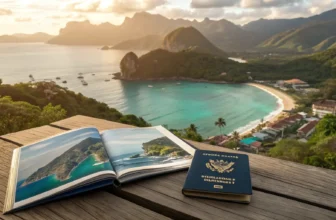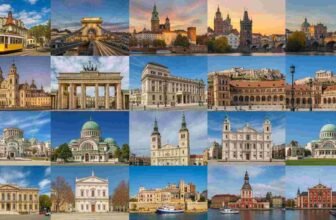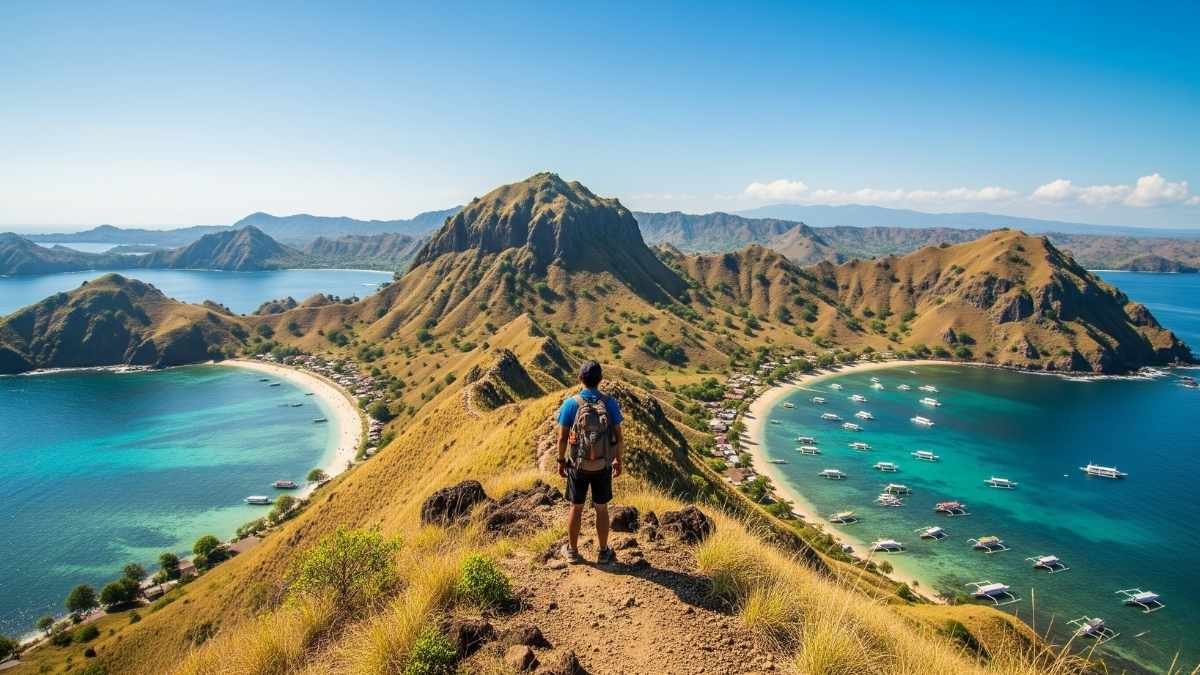
Whispers of adventure often come from the people who see the world differently—pilots. From their cockpit windows, they witness places that rarely make glossy brochures or crowded travel lists, yet they carry an untamed beauty that lingers long after takeoff.
These destinations aren’t polished for mass tourism; they’re raw, authentic, and alive with stories waiting to be discovered. Think windswept coastlines, hidden valleys, remote islands, and towns where the welcome feels warmer because so few outsiders arrive.
If you’re craving something beyond the usual stops, here’s where the skies lead you—the corners of the world pilots can’t stop talking about.
1. Faroe Islands, Denmark
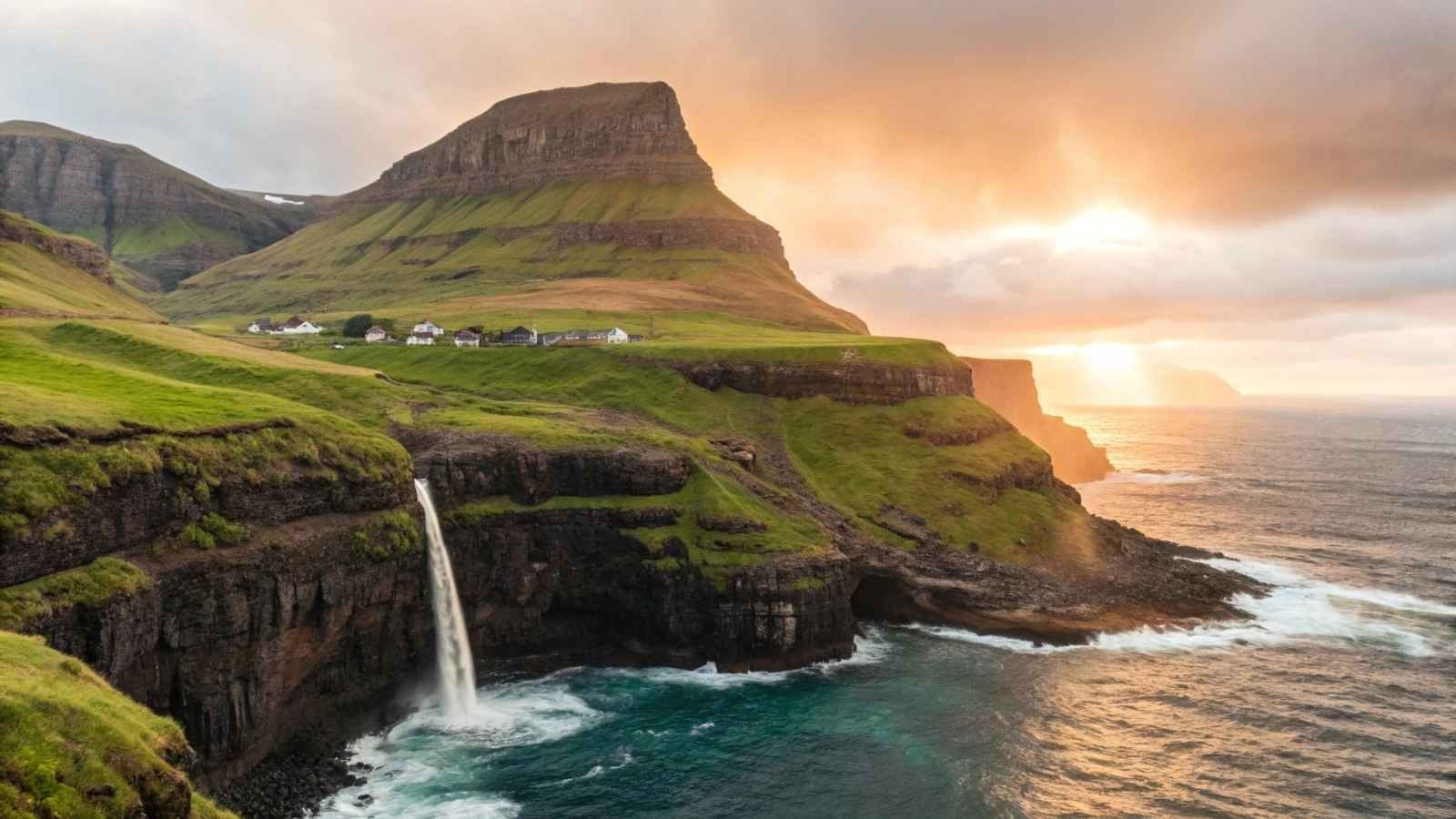
The Faroe Islands feel like a world entirely untouched by mainstream tourism. With dramatic sea cliffs that tower over the Atlantic, grass-roofed villages tucked into fjords, and skies that shift moods within minutes, it’s the kind of destination that leaves even seasoned travelers speechless. Pilots often rave about flying into Vágar Airport, where the approach is flanked by steep green mountains and shimmering water—a landing you won’t soon forget.
Unlike its Nordic neighbors, the Faroes don’t sell themselves hard to tourists, which is part of the magic. You’re far more likely to meet fishermen, sheep farmers, and local families than tourist crowds. That authenticity seeps into everything—whether you’re hiking across a wind-swept ridge or sharing a bowl of traditional fish soup in a village home.
What sets it apart is the balance of ruggedness and coziness. One moment, you’re standing on the edge of a 200-foot cliff with seabirds swirling below; the next, you’re warming up inside a small café where the owner might double as the baker, barista, and storyteller. This is not a place you check off your list—it’s a place you carry with you.
- Best Months to Visit: May to September (milder weather, long daylight)
- Getting There: Direct flights from Copenhagen, Edinburgh, and Reykjavik
- Don’t Miss: The hike to Sørvágsvatn, the “lake above the ocean”
- Local Tip: Rent a car—the islands are connected by tunnels and ferries, and driving is the best way to explore
2. Saba, Caribbean Netherlands
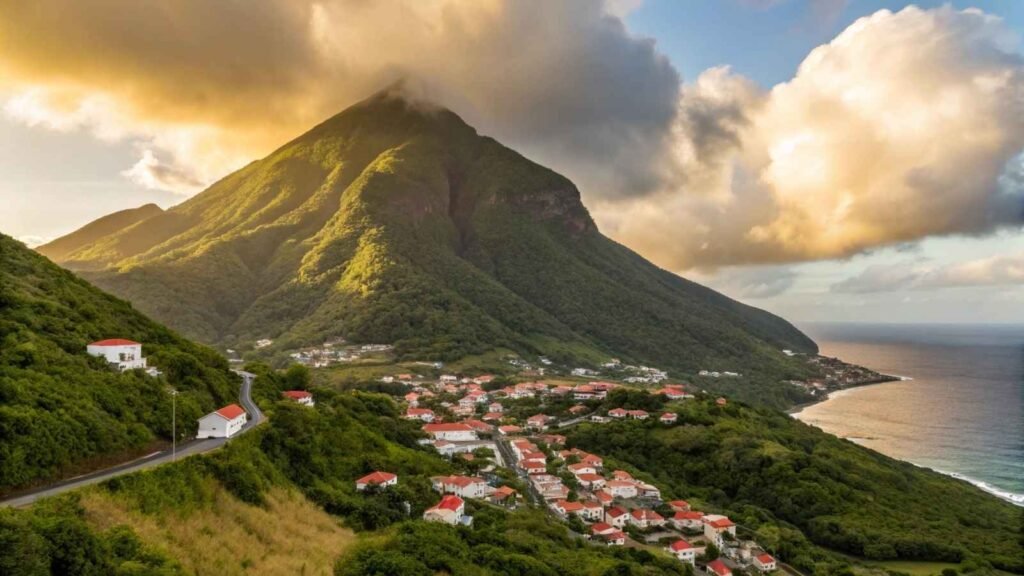
Saba isn’t your typical Caribbean island. Known affectionately as “The Unspoiled Queen,” this volcanic speck in the sea is home to fewer than 2,000 residents, and that intimacy is its charm. Pilots love talking about Saba because of its world’s shortest commercial runway, carved dramatically into the cliffside—landing here feels like a stunt out of a movie.
What you won’t find here: sprawling resorts, cruise ship crowds, or glossy brochures promising endless parties. What you will find: lush rainforests, colorful gingerbread houses clinging to steep hillsides, and some of the best diving in the entire Caribbean. The waters surrounding Saba are a protected marine park, teeming with coral walls, turtles, and volcanic pinnacles that divers describe as otherworldly.
For a slow traveler, Saba is perfect. You hike Mount Scenery, the highest point in the Netherlands, and when the clouds part, you get views that seem impossible for such a tiny island. Then you stroll through Windwardside, grab a slice of rum cake at a local café, and by the end of the day, the shopkeepers already know your name.
- Best Months to Visit: December to May (dry season, best for diving and hiking)
- Getting There: Short flights from St. Maarten or ferry service
- Don’t Miss: Hiking Mount Scenery (877 meters)
- Local Tip: Bring cash—ATMs can be unreliable, and not every shop takes cards
3. Luang Prabang, Laos
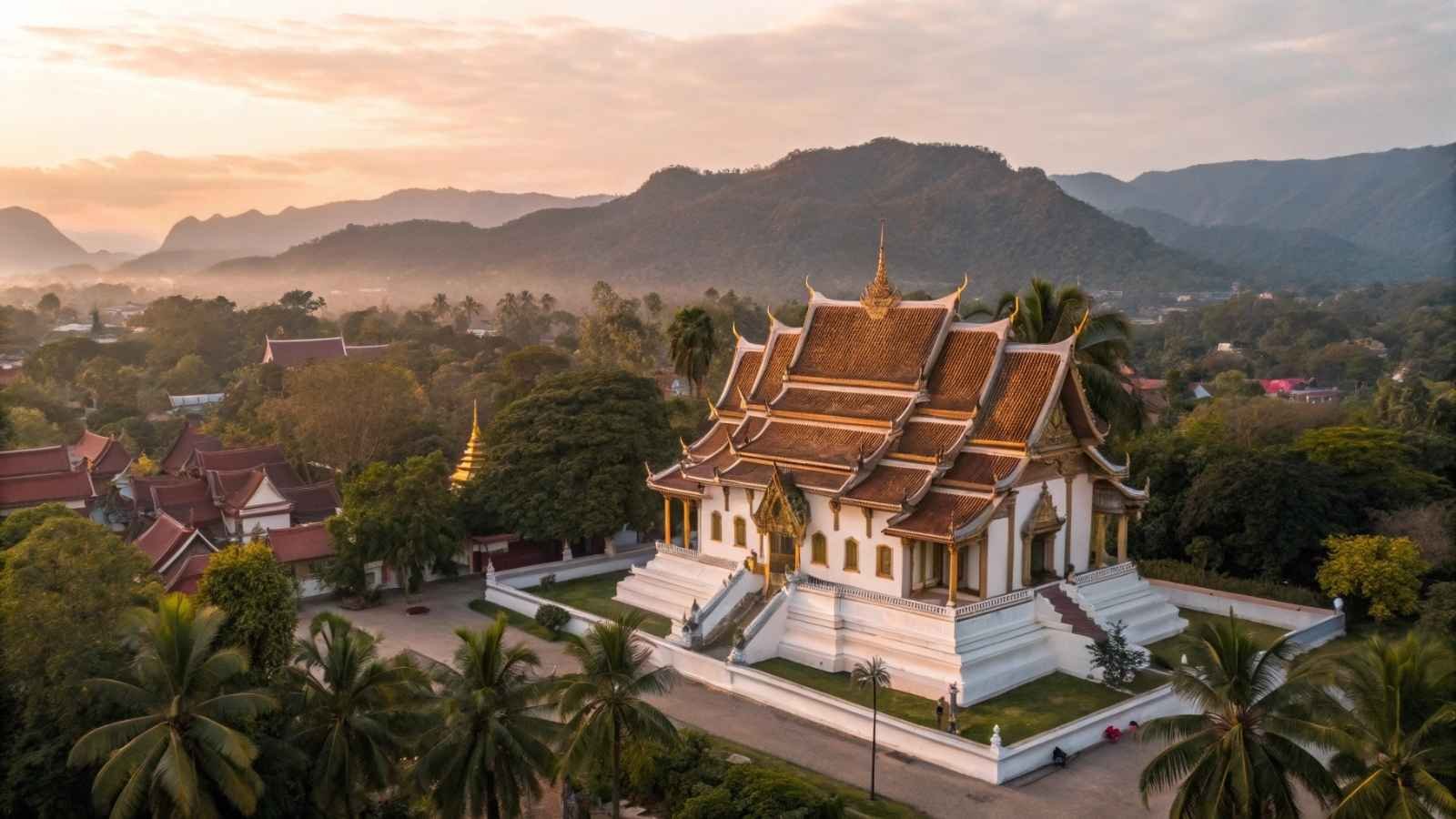
Luang Prabang often feels like Southeast Asia’s best-kept secret. Nestled at the meeting point of the Mekong and Nam Khan rivers, the town is a serene blend of Buddhist temples, French colonial architecture, and slow-paced village life. Pilots who fly through Southeast Asia often highlight it as a stop that feels untouched by the region’s rapid development.
Mornings begin with the soft rhythm of saffron-robed monks collecting alms along quiet streets. Later, the aroma of fresh-baked baguettes mixes with the scent of noodle soups at the open-air markets. By evening, the night market unfurls with vibrant textiles, handwoven baskets, and steaming bowls of khao soi. There’s a rhythm here that encourages you to slow down, breathe, and take in the details.
The surrounding countryside is equally rewarding. Waterfalls cascade into turquoise pools, elephants roam in ethical sanctuaries, and longtail boats drift lazily along the Mekong. While neighboring Thailand and Vietnam draw far bigger crowds, Luang Prabang remains a soft-spoken escape where the experience feels intimate, not packaged.
- Best Months to Visit: November to March (cooler, dry season)
- Getting There: Direct flights from Bangkok, Hanoi, and Siem Reap
- Don’t Miss: Kuang Si Falls and the evening alms-giving ceremony
- Local Tip: Stay in a guesthouse run by a local family for the warmest welcome
4. Newfoundland, Canada
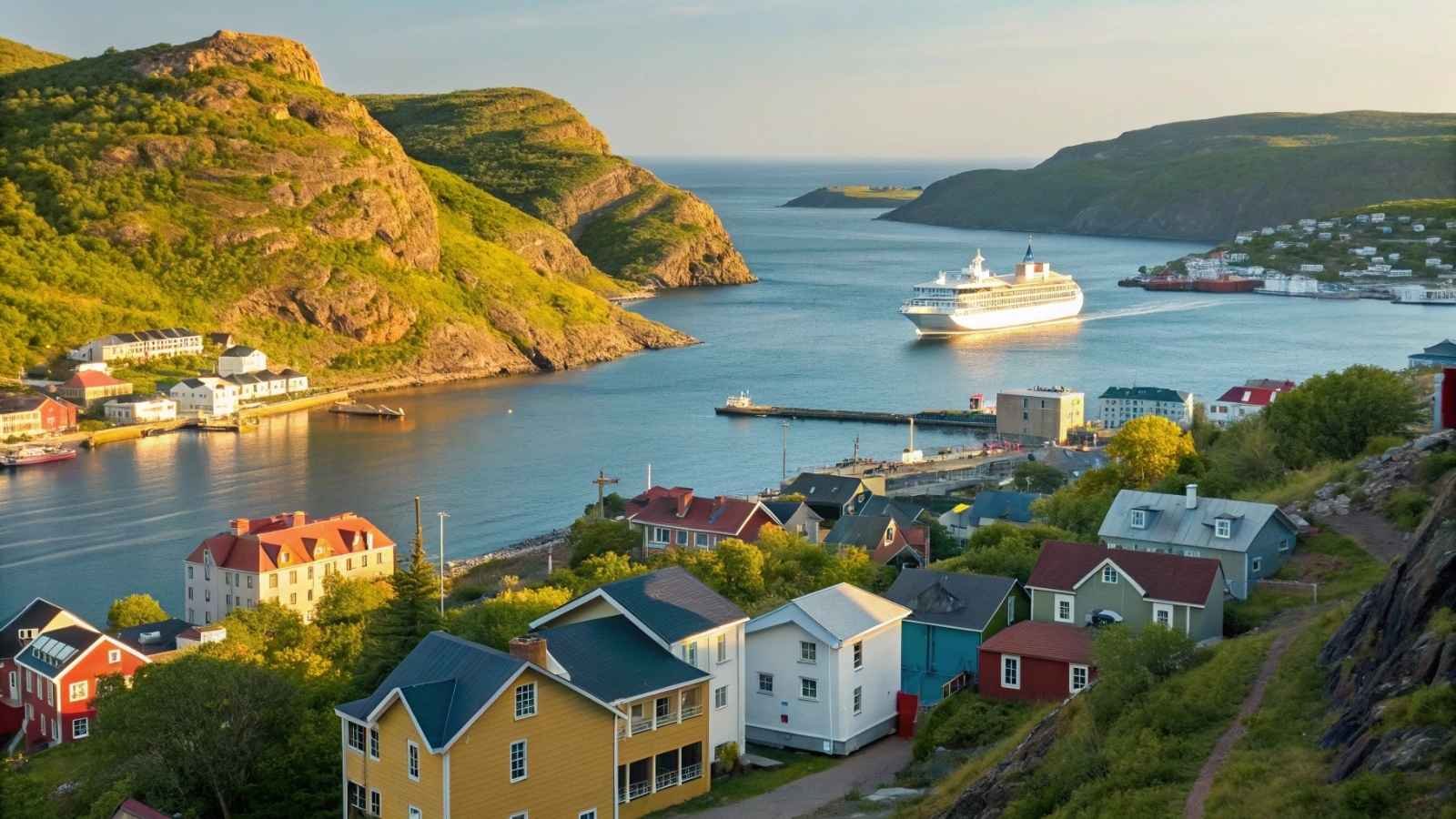
Newfoundland isn’t just another stop in Canada—it’s an entirely different world. Pilots often mention it as one of their favorites because the landscapes here are jaw-dropping, and the communities are warm beyond belief. Landing in St. John’s, with its colorful row houses stacked against a rugged coastline, sets the tone immediately: this is remote, raw, and real.
Nature does the heavy lifting here. Icebergs drift past in spring, whales breach offshore in summer, and hiking trails snake across landscapes that look more like Scotland than North America. Gros Morne National Park, with its fjords and ancient mountains, feels like something pulled from a different geological era.
But Newfoundland’s soul is in its people. Locals have a way of making strangers feel like neighbors. Whether you’re invited into a kitchen party (a Newfoundland tradition of live music and dancing) or offered a seat at a small-town pub, the welcome feels genuine. Tourism boards don’t shout about Newfoundland, but every pilot who’s landed here will tell you it’s one of the most memorable corners of North America.
- Best Months to Visit: June to September (for hiking, wildlife, festivals)
- Getting There: Flights from Toronto, Halifax, and seasonal routes from Europe
- Don’t Miss: Iceberg Alley in spring, Gros Morne National Park
- Local Tip: Bring layers—the weather changes on a dime, even in summer
5. Azores, Portugal
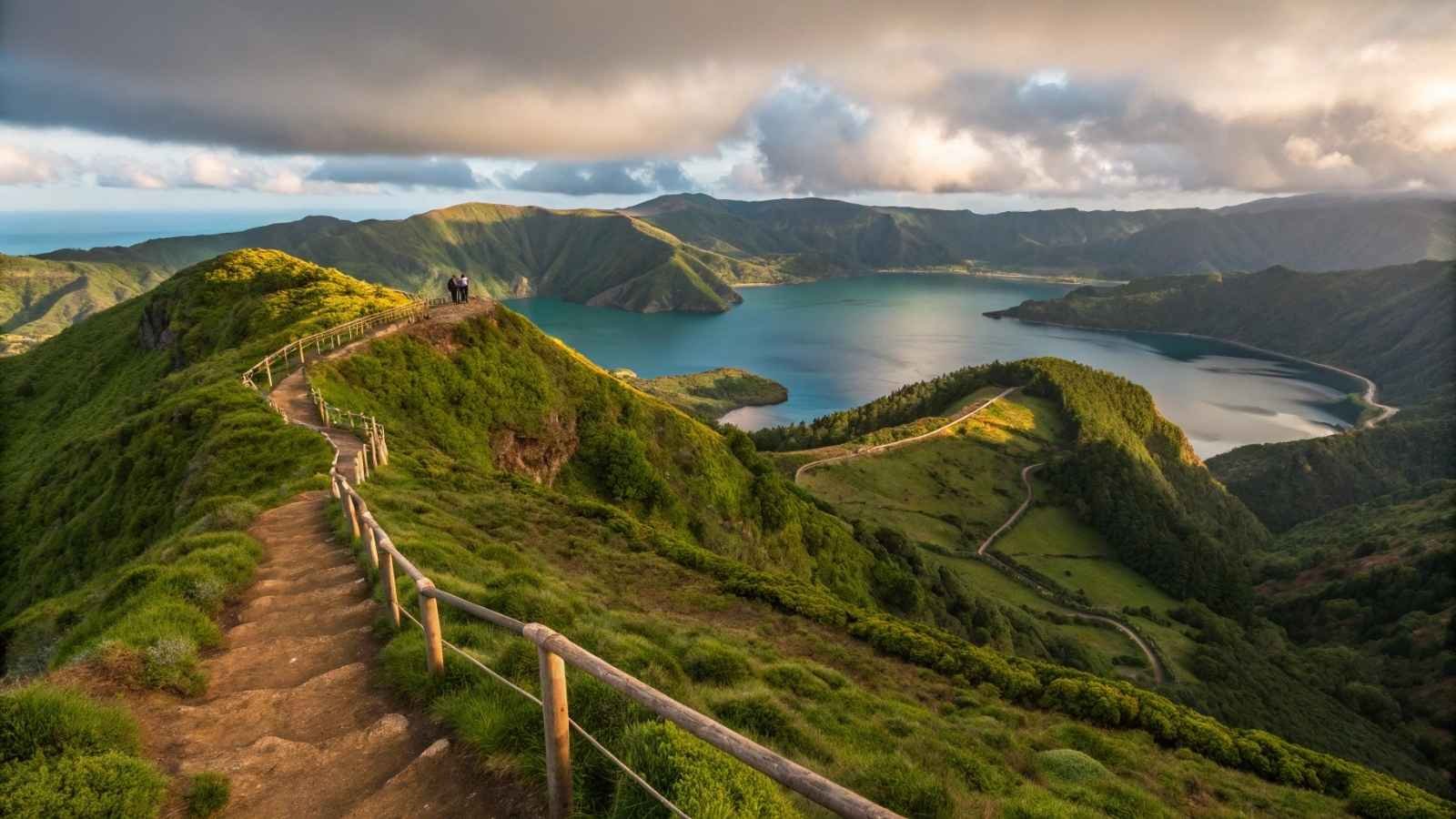
The Azores are a collection of volcanic islands in the mid-Atlantic, often described by pilots as Europe’s last frontier of natural beauty. While Portugal’s mainland cities like Lisbon and Porto get plenty of attention, the Azores remain relatively under the radar, despite offering jaw-dropping landscapes that rival Iceland.
Here, every island feels like a mini world. São Miguel boasts steaming hot springs and crater lakes that shift color with the sunlight. Pico Island rises out of the ocean with its 7,700-foot volcano, surrounded by UNESCO-listed vineyards clinging to black lava fields. Whales migrate through these waters year-round, making it one of the world’s best spots for whale watching.
The Azores have a quiet kind of adventure. You’re not jostling with tourist groups; you’re walking along a caldera rim with nothing but birdsong and ocean wind for company. You dip into a thermal pool under the stars, and it feels like the whole island belongs to you. That’s what keeps pilots, sailors, and quiet travelers whispering about the Azores as one of the best-kept secrets in Europe.
- Best Months to Visit: May to October (warmer weather, calmer seas)
- Getting There: Direct flights from Lisbon, Porto, and some U.S. cities
- Don’t Miss: Sete Cidades crater lakes, whale watching tours, Pico volcano hike
- Local Tip: Pack rain gear—even in summer, the weather can turn misty within minutes
6. Tbilisi, Georgia
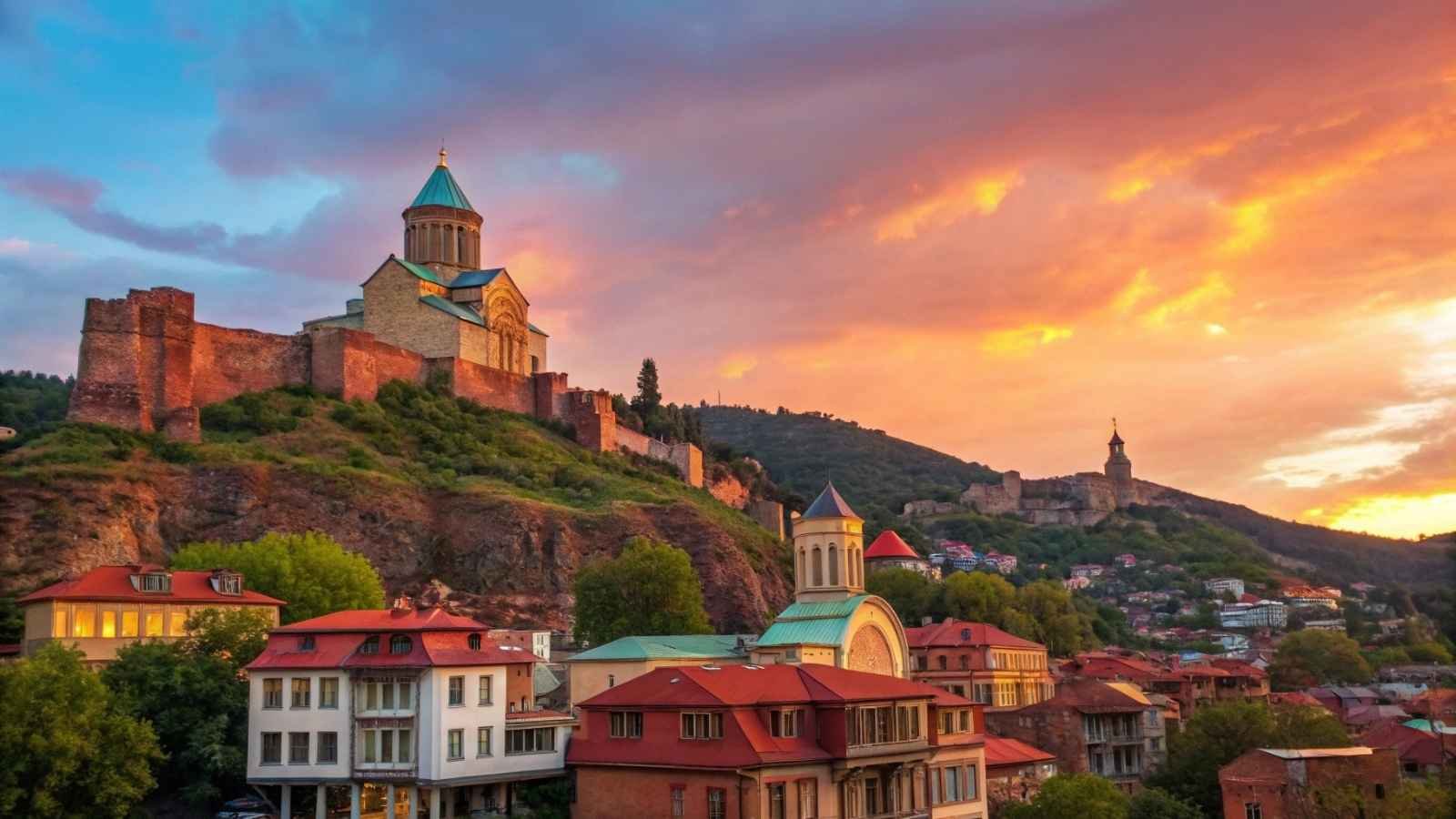
Tbilisi is one of those cities that pilots mention with a certain sparkle—it’s not the first place tourists think of, but once you go, you understand why it lingers in memory. The city sprawls along the Mtkvari River, wrapped in a blend of old-world charm and raw creativity. Its colorful wooden balconies lean over cobblestone lanes, and above it all, the Narikala Fortress keeps watch as it has for centuries.
But what makes Tbilisi magnetic is its contrasts. You can spend the morning in a centuries-old sulfur bath, then sip craft cocktails at a rooftop bar overlooking the skyline by night. Street art covers abandoned Soviet buildings, while Orthodox churches quietly hum with incense and candles. The city carries its history openly, yet it never feels stuck in the past—it’s always in conversation with the present.
The food alone deserves a trip. A plate of khachapuri (cheese-filled bread) or khinkali (soup dumplings) shared with locals over wine grown from the world’s oldest vineyards creates memories that stay with you long after you’ve left. Pilots know Tbilisi isn’t polished or overly marketed, and that’s exactly why it feels so real.
- Best Months to Visit: April to June, September to October (pleasant weather, fewer crowds)
- Getting There: Direct flights from major European and Middle Eastern cities
- Don’t Miss: Old Town, sulfur baths, and wine tours in nearby Kakheti
- Local Tip: Skip chain hotels—stay in boutique guesthouses for a more authentic experience
7. Lofoten Islands, Norway
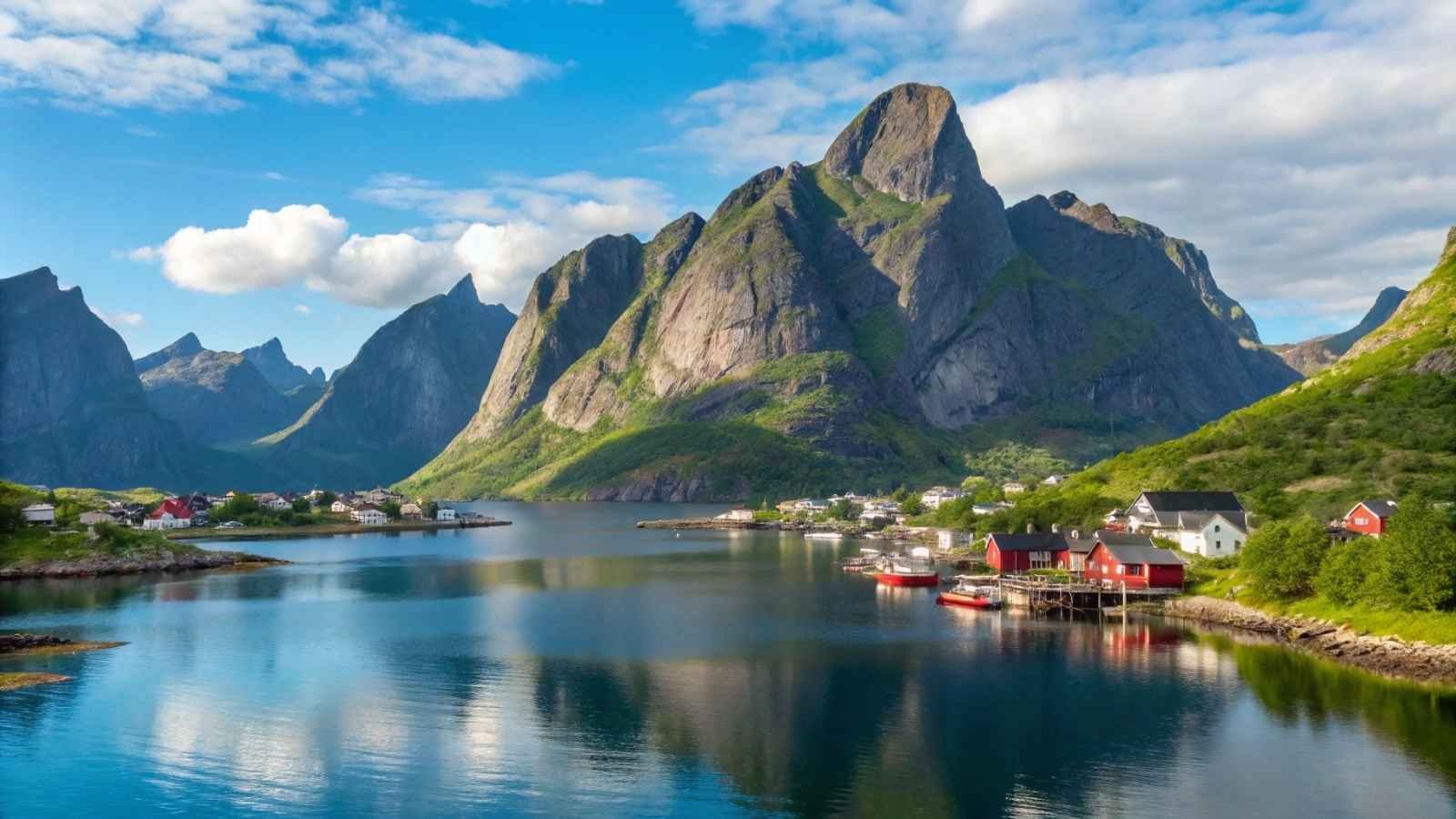
The Lofoten Islands look like they’ve been carved by a patient artist, one jagged mountain peak at a time. From a pilot’s perspective, flying over this archipelago is pure magic—the contrast of emerald waters, sharp ridges, and tiny fishing villages clinging to rocky coves is unforgettable.
Unlike Norway’s fjords that often draw heavy tourist numbers, the Lofoten Islands remain relatively quiet. Life here moves slowly. You stay in a rorbu (traditional red fisherman’s cabin), sip coffee while gazing out at the sea, then head out for kayaking, fishing, or simply wandering beaches where the only footprints are your own. And if you visit in winter, you might catch the Northern Lights dancing across skies so clear they feel infinite.
The islands are also a paradise for hikers and photographers. Trails lead up to summits where the view spills out over dramatic fjords and turquoise bays—it feels like a reward earned only by making the journey here. Pilots say the remoteness is part of the charm: the world fades away, and what’s left is raw, untouched beauty.
- Best Months to Visit: June to August (midnight sun, hiking); February to March (Northern Lights)
- Getting There: Flights into Leknes or Svolvær via Oslo/Bodø; ferries also connect the islands
- Don’t Miss: Reine fishing village, Kvalvika Beach, and a midnight sun hike
- Local Tip: Weather changes fast—pack waterproof layers even in summer
8. Bagan, Myanmar
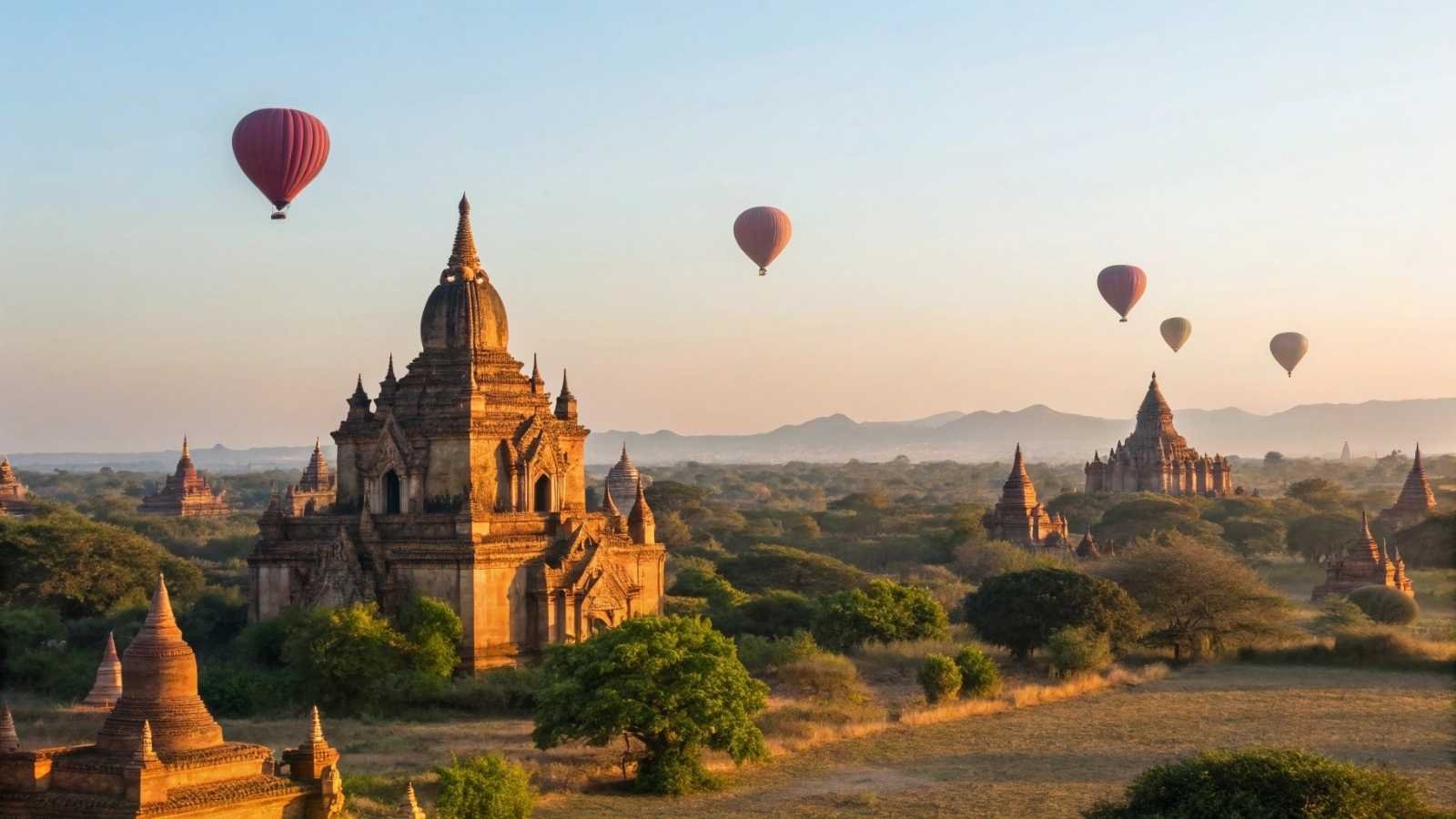
Bagan is one of those places pilots always bring up with reverence. As your plane descends, thousands of ancient temples stretch across a vast plain, glowing orange at sunrise. It’s a sight so otherworldly that even the most seasoned traveler finds it hard to believe.
Once the capital of the Pagan Kingdom, Bagan is home to more than 2,000 temples and pagodas, many still in daily use. Tourism boards often overlook Myanmar these days, but pilots know this treasure rivals Angkor Wat without the overwhelming crowds. The best way to see it? A hot air balloon ride at dawn, where the temples rise from misty fields below.
But Bagan isn’t only about monuments. The charm is in the small moments—sharing tea with a local family, biking along dusty trails between temples, or listening to chants at a monastery as the sun dips low. It’s a destination that whispers rather than shouts, offering an experience of history lived, not staged.
- Best Months to Visit: November to February (cool, dry season)
- Getting There: Flights from Yangon or Mandalay
- Don’t Miss: Sunrise hot air balloon ride, Ananda Temple, sunset at Shwesandaw Pagoda
- Local Tip: Rent an e-bike to explore temples at your own pace
9. Salalah, Oman
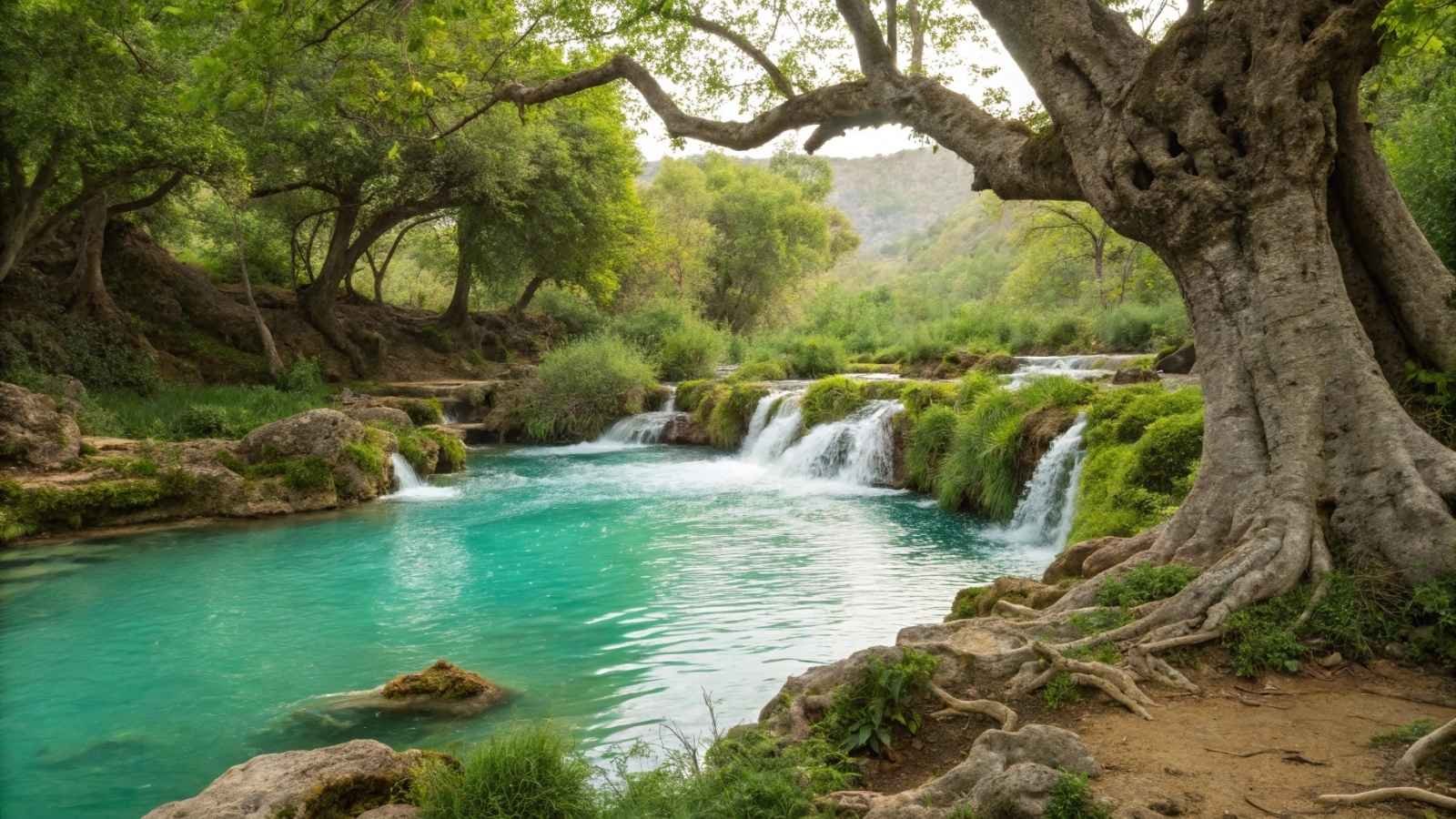
When pilots talk about unexpected landscapes, Salalah always comes up. Tucked in Oman’s Dhofar region, it’s nothing like the desert clichés of the Middle East. In summer, the Khareef (monsoon) season transforms the area into a lush green paradise, with waterfalls, mist-covered hills, and frankincense trees dotting the valleys.
Salalah’s coastline is equally striking: wide beaches with powdery sand, turquoise water, and barely any crowds. You can walk for miles and have entire stretches to yourself. Add in the friendly locals, bustling souqs filled with spices and perfumes, and an authenticity that feels worlds away from Dubai’s glitz, and you’ve got a place that feels deeply grounded.
Pilots love pointing travelers here because it’s one of those destinations that resets expectations. Few outside the Gulf know about it, and yet it offers such a mix—beaches, mountains, desert dunes, and waterfalls—all in one compact region. It’s a reminder that the Middle East is far more diverse than many realize.
- Best Months to Visit: July to September (Khareef season, lush greenery); October to March (cooler, dry, great for beaches)
- Getting There: Flights from Muscat, Dubai, and regional hubs
- Don’t Miss: Wadi Darbat, Mughsail Beach, Al Baleed Archaeological Park
- Local Tip: Visit during Khareef for greenery, but book early—hotels fill fast
10. Patagonia (Chile & Argentina)
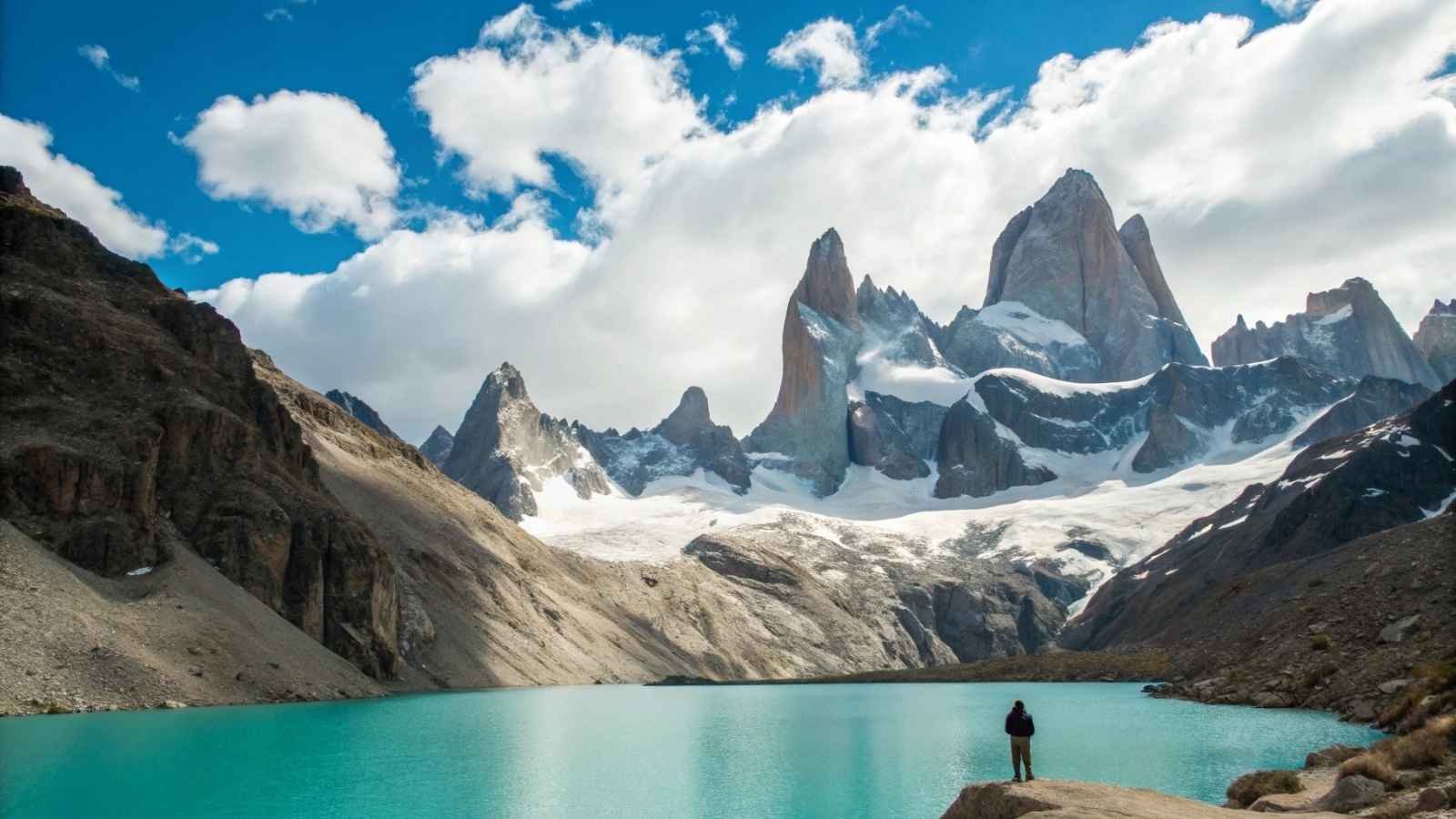
Patagonia isn’t just a destination—it’s an experience that humbles you. Stretching across southern Chile and Argentina, it’s one of the wildest, most untamed landscapes pilots talk about. From the cockpit, the view is unforgettable: glaciers snaking down valleys, jagged peaks piercing the clouds, and turquoise lakes scattered like jewels across the land.
For travelers, Patagonia means adventure. Hiking in Torres del Paine, kayaking past icebergs, or trekking across the Perito Moreno Glacier—all of it feels larger than life. Yet it’s not just about the drama. Patagonia also offers quiet moments: watching guanacos graze under a pink dawn sky, or sipping maté with locals in a remote estancia.
Tourism boards rarely market Patagonia heavily—it sells itself to those who are willing to go the distance. And that’s part of its beauty: you earn every view, every experience. Pilots often say that flying over Patagonia is like looking at Earth before humans touched it—raw, pristine, eternal.
- Best Months to Visit: November to March (Patagonian summer, best for hiking)
- Getting There: Flights into Punta Arenas (Chile) or El Calafate (Argentina)
- Don’t Miss: Torres del Paine, Perito Moreno Glacier, Fitz Roy range
- Local Tip: Weather is unpredictable—pack for four seasons in one day
11. Zanzibar, Tanzania
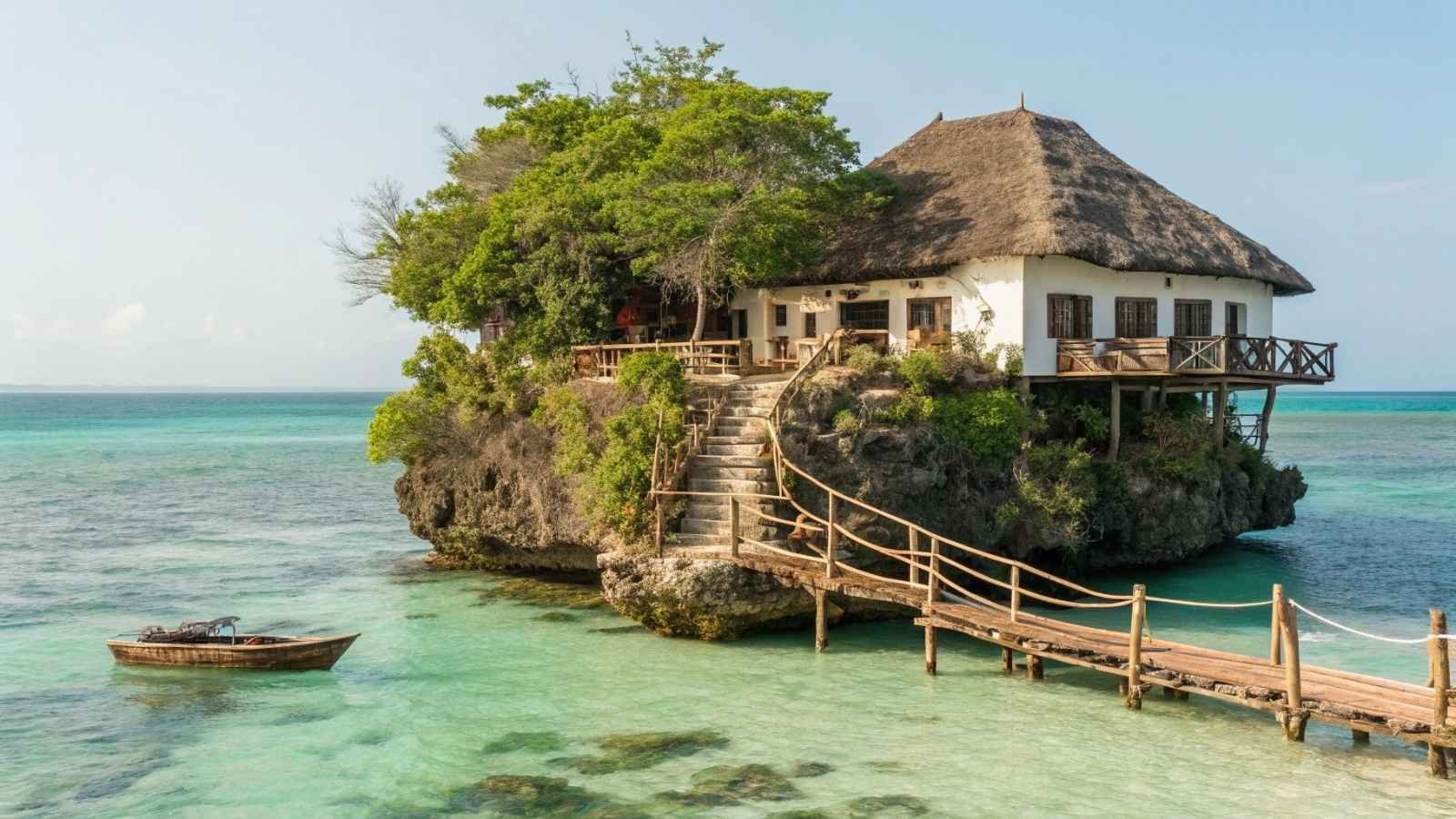
Zanzibar isn’t just an island—it’s a mosaic of cultures, flavors, and centuries of history layered into one. Known as the “Spice Island,” it still feels like a crossroads where African, Arab, and European influences meet. Pilots often highlight it because the landing itself is breathtaking: the turquoise Indian Ocean fades into white beaches before you even touch down.
Stone Town, a UNESCO World Heritage Site, draws you in with its maze of narrow alleys, carved wooden doors, and bustling markets filled with cloves, nutmeg, and cinnamon. Then there’s the other side of Zanzibar—quiet fishing villages, coral reefs teeming with life, and beaches so pristine they look untouched. It’s a destination that balances raw authenticity with just enough comfort.
Many travelers pair it with a safari on mainland Tanzania, but even on its own, Zanzibar offers enough variety to keep you enchanted for weeks. From historic spice plantations to sunset dhow cruises, it’s the kind of place that weaves itself into your memory through all five senses.
- Best Months to Visit: June to October, December to February (dry seasons)
- Getting There: Flights from Dar es Salaam, Nairobi, Doha, and Dubai
- Don’t Miss: Stone Town, Nungwi Beach, Prison Island, spice tours
- Local Tip: Respect local culture—cover shoulders and knees in Stone Town
12. Palawan, Philippines

Palawan often feels like a secret even though it’s technically on the map. Pilots love talking about it because flying over Palawan’s limestone cliffs and emerald bays looks almost unreal from above. El Nido and Coron are the stars here, with jagged karst landscapes dropping straight into lagoons so clear you can see coral gardens from the surface.
But what makes Palawan stand out isn’t just the scenery—it’s the slower rhythm of life. Fishermen still set out in colorful bangkas at dawn, children play on unspoiled beaches, and nights are filled with the sound of waves rather than thumping nightlife. This is a corner of the Philippines where the focus is still on nature, not noise.
Snorkeling, diving, and island hopping—every day offers something spectacular, yet it never feels rushed. Tourism boards may not push it as heavily as Boracay or Cebu, but for those who go, Palawan often becomes the benchmark for paradise.
- Best Months to Visit: November to May (dry season, calm seas)
- Getting There: Flights from Manila or Cebu to Puerto Princesa, El Nido, or Coron
- Don’t Miss: Kayangan Lake, El Nido lagoons, Puerto Princesa Underground River
- Local Tip: Island hopping tours fill quickly—book the smaller-group boats
13. Socotra, Yemen

Socotra is often described as the most alien-looking place on Earth, and pilots who’ve flown near it will tell you it’s unlike anywhere else. The island is famous for its dragon blood trees, whose umbrella-shaped canopies look more like something from a sci-fi movie than our planet.
Despite being politically complicated to reach, Socotra rewards the few who make the effort with landscapes that feel untouched by time. Stark limestone plateaus, dunes that roll straight into turquoise water, and endemic species found nowhere else on Earth—this is the definition of “remote.” Tourism boards don’t talk about it much, but that adds to the allure.
Life on Socotra is simple: fishing villages dot the coast, herders move with goats across the highlands, and nights are filled with unpolluted starlight. For travelers seeking something truly rare, this is one of those places where the word otherworldly fits.
- Best Months to Visit: October to April (calmer seas, cooler weather)
- Getting There: Limited flights from Abu Dhabi (seasonal/charter)
- Don’t Miss: Dragon blood trees in Dixam Plateau, Detwah Lagoon, Arher Dunes
- Local Tip: Facilities are minimal—bring essentials and travel with local guides
14. Ushuaia, Argentina
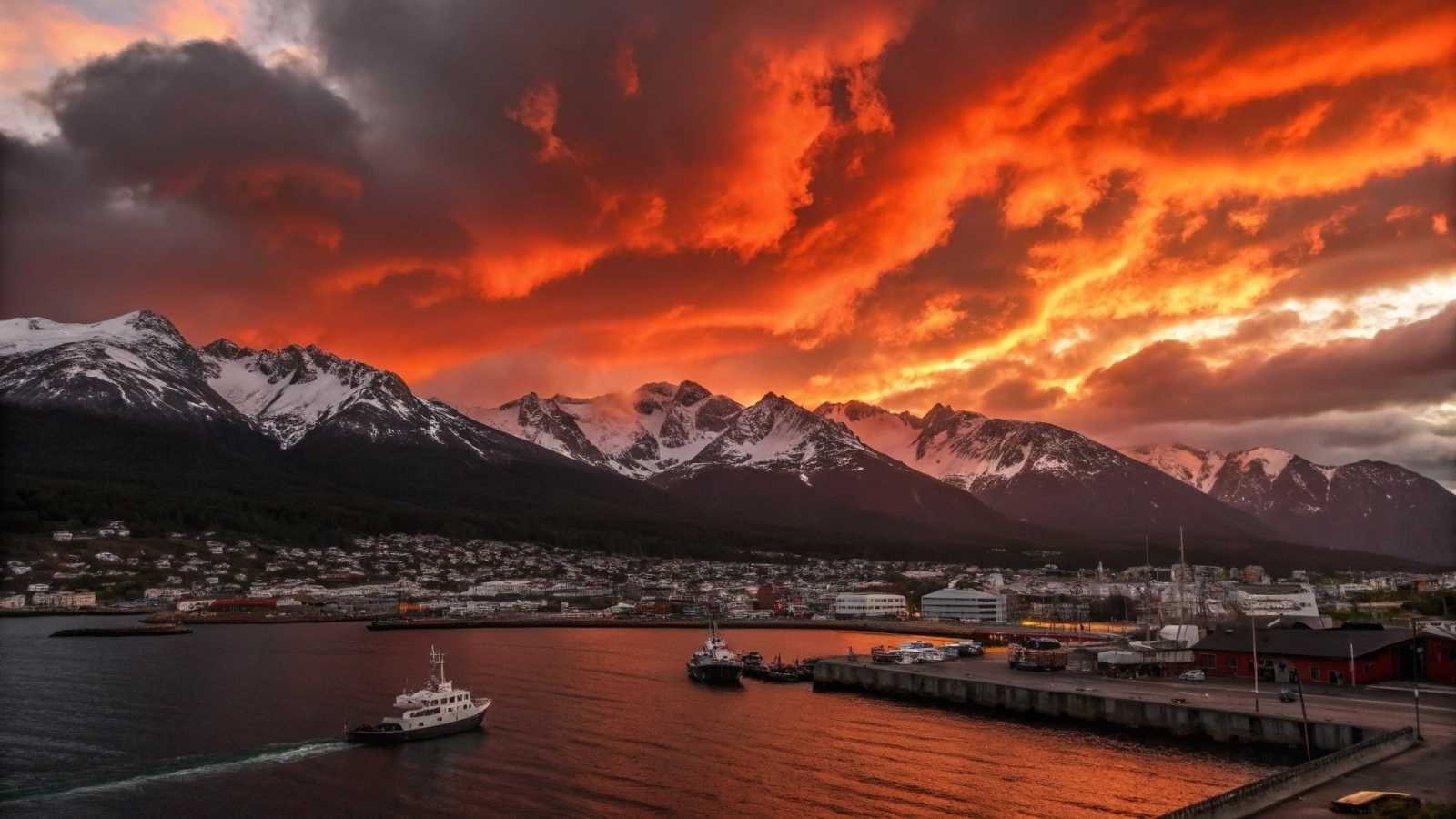
Known as the “End of the World,” Ushuaia is the southernmost city on Earth, perched on the tip of Tierra del Fuego. Pilots love it not just for its dramatic approach—mountains on one side, the Beagle Channel on the other—but because it feels like the edge of something vast and untamed.
This is where Patagonia spills into Antarctica. Cruises depart from Ushuaia to the White Continent, while closer to town, you can trek glaciers, kayak through icy bays, or ride the quirky “End of the World Train.” Yet despite its remote location, Ushuaia has a lively vibe, with cozy restaurants serving king crab and hearty Patagonian lamb.
What’s striking about Ushuaia is how it balances extremes: you can be snowshoeing in the morning, sipping espresso in a warm café by afternoon, and watching penguins waddle along the shore by evening. It’s rugged, yes, but also surprisingly inviting.
- Best Months to Visit: December to March (summer, best weather); June to September (ski season)
- Getting There: Flights from Buenos Aires and Santiago
- Don’t Miss: Tierra del Fuego National Park, Beagle Channel cruises, Martial Glacier hike
- Local Tip: Bring layers—even in summer, the winds bite hard
15. Mongolia (Steppe & Gobi Desert)

Flying over Mongolia, pilots see something rare: vast emptiness. The horizon stretches endlessly, broken only by rolling steppes, distant mountains, and the occasional yurt. On the ground, that openness translates into a sense of freedom that’s hard to match anywhere else.
The Gobi Desert offers dramatic contrasts—flaming cliffs that glow at sunset, dunes that sing in the wind, and ice-filled canyons even in summer. Meanwhile, the steppe is home to nomadic families who still move with the seasons, herding horses, camels, and sheep. Tourism boards rarely spotlight Mongolia, but those who come often describe it as the last frontier of true nomadic culture.
For travelers, it’s not about ticking off sights—it’s about experiences: sharing fermented mare’s milk with a herder, riding a horse across endless grasslands, or watching the Milky Way unroll over a campfire. Mongolia feels vast in every sense of the word.
- Best Months to Visit: May to September (mild weather, Naadam Festival in July)
- Getting There: Flights to Ulaanbaatar from Beijing, Seoul, Moscow
- Don’t Miss: Gobi Desert, Orkhon Valley, Terelj National Park
- Local Tip: Travel with a guide—distances are huge and infrastructure is sparse
16. Flores Island, Indonesia
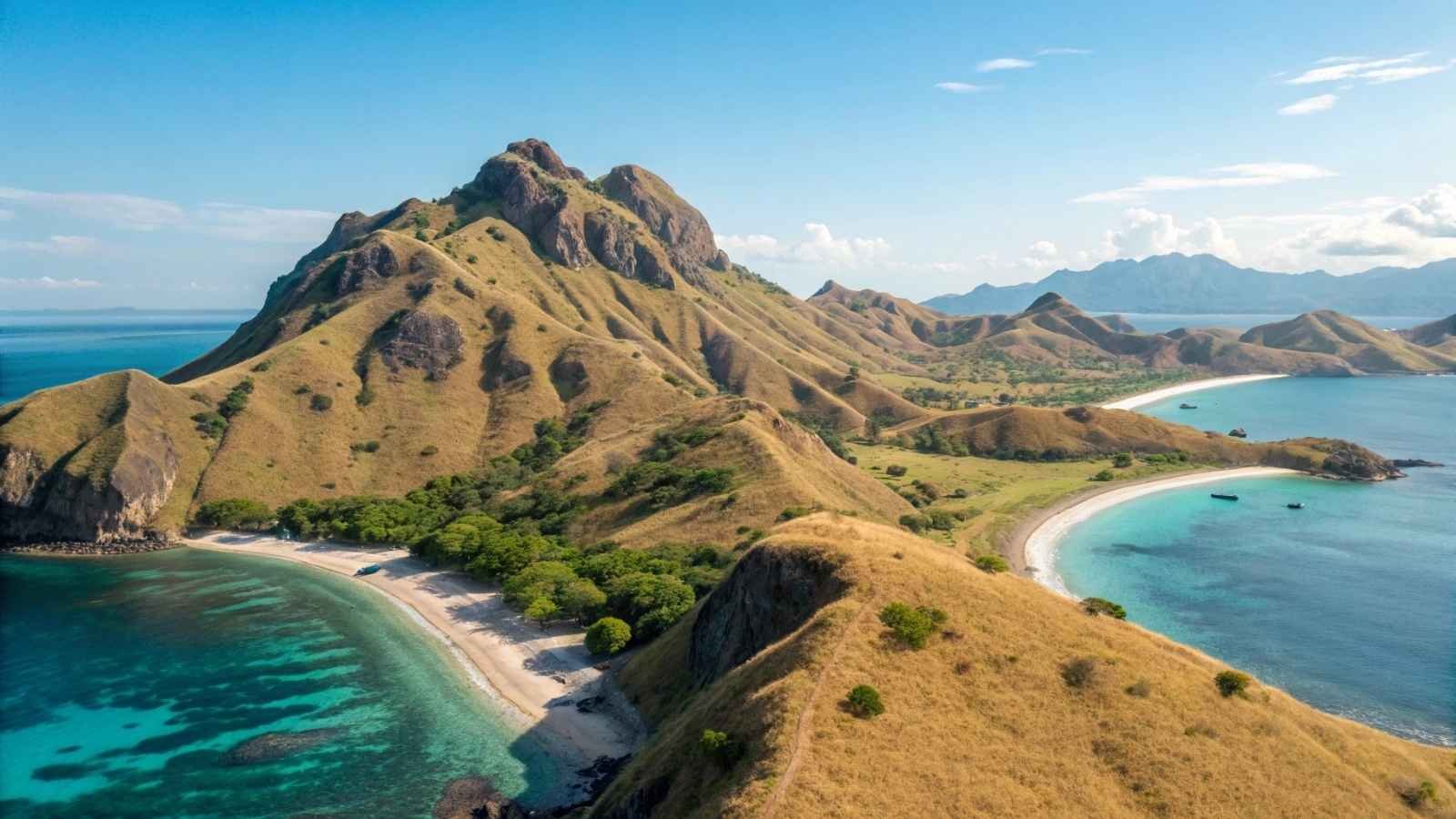
Often overshadowed by Bali and Komodo, Flores is a gem pilots frequently mention when asked about underappreciated spots. The flight in itself is stunning—volcanoes, emerald hills, and winding coastlines that seem untouched.
Flores is most famous for the Kelimutu volcano lakes, three craters that shift colors from turquoise to deep red depending on mineral content. Beyond that, the island offers pristine diving spots, quiet beaches, and a gateway to Komodo National Park, home of the legendary Komodo dragons. Unlike Bali, though, Flores still feels raw, with villages where weaving, farming, and fishing are the backbone of life.
What makes Flores so rewarding is the variety packed into one island—you can be snorkeling with manta rays one day, hiking a volcano the next, and ending with a homestay where dinner is cooked over a wood fire. It’s not polished, but it feels deeply real.
- Best Months to Visit: April to November (dry season, best for diving and hiking)
- Getting There: Flights from Bali or Jakarta into Labuan Bajo
- Don’t Miss: Kelimutu lakes, diving in Komodo, Wae Rebo traditional village
- Local Tip: Infrastructure is basic outside Labuan Bajo—plan travel time generously


